Lifestyle Product Photography: Visual Trends That Make a Difference
- maria65405
- Oct 27
- 5 min read
The way we consume images has radically changed in recent years.
Today, audiences are no longer just looking to see a product — they want to imagine themselves using it, feel a sense of closeness, and connect with it emotionally. That’s why lifestyle product photography has become a key tool for brands that want to stand out in an increasingly saturated market.
This type of photography goes beyond simply showcasing an object against a neutral background. It focuses on creating an aspirational and everyday context in which the product becomes part of a story. And the best part is, it’s not just about aesthetics: current trends reflect what today’s consumers truly value — authenticity, inclusion, naturalness, and sensory experiences.
Below, we share the main visual trends that are making a difference in lifestyle product photography:
INDEX:
1. Intentional Naturalness
Audiences are increasingly skeptical of anything that feels fake or overly produced. The new trend is planned spontaneity: scenes that look like they’re taken from real life, with models who appear relaxed, expressive, and natural. Lighting plays a key role, always aiming to convey realism and a sense of closeness. The goal isn’t just to show the product, but to make it feel like a natural part of everyday life.
Photographs of Jenni Kayne's products
Example: The brand Jenni Kayne conveys a relaxed, warm, and approachable aesthetic. Its photos feel like everyday moments. They make use of natural light. This lighting brings warmth and realism, making the images evoke familiar emotions.
2. Clean and Minimalist Aesthetic
Visual overload has tired the viewer. Now, brands aim to convey calm, order, and sophistication with clean compositions and neutral backgrounds. Fewer elements in the scene mean the product takes center stage. Additionally, this aesthetic creates a premium and timeless feel that works across all kinds of platforms.
Product Images of the Typology Brand
Example: Typology is a French skincare brand that has successfully built a visual identity fully aligned with its philosophy: transparency, simplicity, and efficacy. Their cosmetic products are presented in minimal packaging, with recyclable containers, clear labels, and no excessive design.
3. Soft and Organic Lighting
Harsh light and direct flash no longer fit current trends. Today, a gentler lighting is sought—one that adds volume without stealing the attention. Filtered natural light has become essential. This type of lighting not only flatters the products but also creates a more intimate and human atmosphere.
Photographs from Everlane’s website showcasing their products
Example: By using this lighting, Everlane communicates calmness, confidence, and responsibility. It reinforces the idea that consuming their garments is part of a conscious and sustainable lifestyle.
4. Real Textures and Sensory Elements
Product photography is no longer just visual—it now aims to awaken the senses. That’s why textures play a starring role. Foam, water droplets, steam, fabrics, rough surfaces… all these elements make the image feel more tangible and evocative. The goal is for the consumer to almost “smell, touch, or taste” the product just by looking at it.
Images of L'Occitane cosmetic products
Example: L'Occitane not only showcases the product but also the raw materials. They often photograph creams in motion or dripping oils, so the viewer can imagine how they feel on the skin. The products are presented on surfaces of wood, stone, or natural fabrics that convey warmth and authenticity.
5. Neutral Colors with a Pop of Color
The color trend is based on soft and natural palettes (beige, gray, white, earth tones), but with a touch of vibrant color that highlights the product or a detail in the scene. This contrast creates dynamism without overwhelming and directs the viewer’s attention to what really matters: the product.
Bags from the brand Jacquemus
Jacquemus often uses desert backgrounds, sand, clear skies, or beige and white palettes, and on this neutral base, they introduce a bag or jewelry in vibrant colors. The contrast not only draws attention to the product but also makes the scene iconic and easily recognizable.
6. Vertical Content
Visual consumption mainly happens on mobile devices. That’s why horizontal photos for websites or catalogs are no longer enough. Nowadays, photographers design scenes specifically for stories, reels, TikToks, and Instagram carousels. The vertical format is king, and adapting to it allows brands to connect better with the platforms their customers actually use.
Fashion photographs from Zara
Example: Zara showcases its capsule collections or special fashion launches with vertical photos that fit the narrative of stories/carousels.
7. Diversity and Approachability
Lifestyle product photography also reflects a social shift: the pursuit of inclusion and genuine representation. More and more brands showcase hands of different skin tones, models of various ages, body types, and lifestyles. The goal is clear: for every consumer to see themselves reflected in the image and feel that the product is also meant for them.
Images where 3inma shows how their cosmetic products look when applied
Example: 3INA is known for representing beauty in all its forms, showcasing products on the hands and faces of people of different ages, genders, skin tones, and styles. This authentic representation aims for every consumer to see themselves reflected and feel connected to the products.
8. Editorial Inspiration
Finally, a growing trend is the influence of fashion and magazine photography on product photography. Unexpected framing, dramatic shadows, artistic compositions, and a more experimental vibe make brands stand out with more sophisticated and memorable images. This fusion between commercial and artistic creates a very powerful aspirational effect.
Fashion product photographs from the brand Double RL
Example: Ralph Lauren’s most exclusive and authentic line, Double RL, is a benchmark in product photography with editorial inspiration. This brand stands out for its cinematic aesthetic, blending fashion with classic American lifestyle, evoking a feeling of nostalgia and adventure.
Lifestyle product photography has become an essential visual strategy for brands looking to differentiate themselves. Images are no longer just graphic supports; they are narratives that convey emotions, values, and lifestyles.
Current trends point toward the real, the sensory, and the inclusive, always with a carefully crafted aesthetic designed to shine on digital platforms. The challenge lies in knowing how to combine these elements coherently with each brand’s identity so that the result is not only attractive but also authentic..
In short, if a brand wants to stand out in 2025, it’s not enough to just show a product: it has to tell a story that the consumer wants to be part of.
If you want to transform your products into stories that connect, contact us and let’s take your brand to the next level.
What is lifestyle product photography?
It’s a photographic style that shows the product in a real or aspirational context, integrating it into everyday scenes that create an emotional connection with the consumer.
Why is this type of photography important for brands?
Because it doesn’t just showcase a product; it tells a story. It helps convey values, lifestyle, and authenticity, differentiating the brand in a saturated market.
How does lifestyle photography influence online sales?
It builds greater trust, improves brand perception, increases consumer identification, and consequently boosts conversion and loyalty.
What role do naturalness and diversity play in these photos?
They are essential: consumers value authenticity and want to see themselves reflected. Showing real diversity in models, styles, and contexts creates closeness and connection.
Is it necessary to invest in a professional photographer to achieve this style?
Yes, if you want a coherent, aspirational result adapted to current trends. A professional provides creative direction, technical skill, and strategic vision.
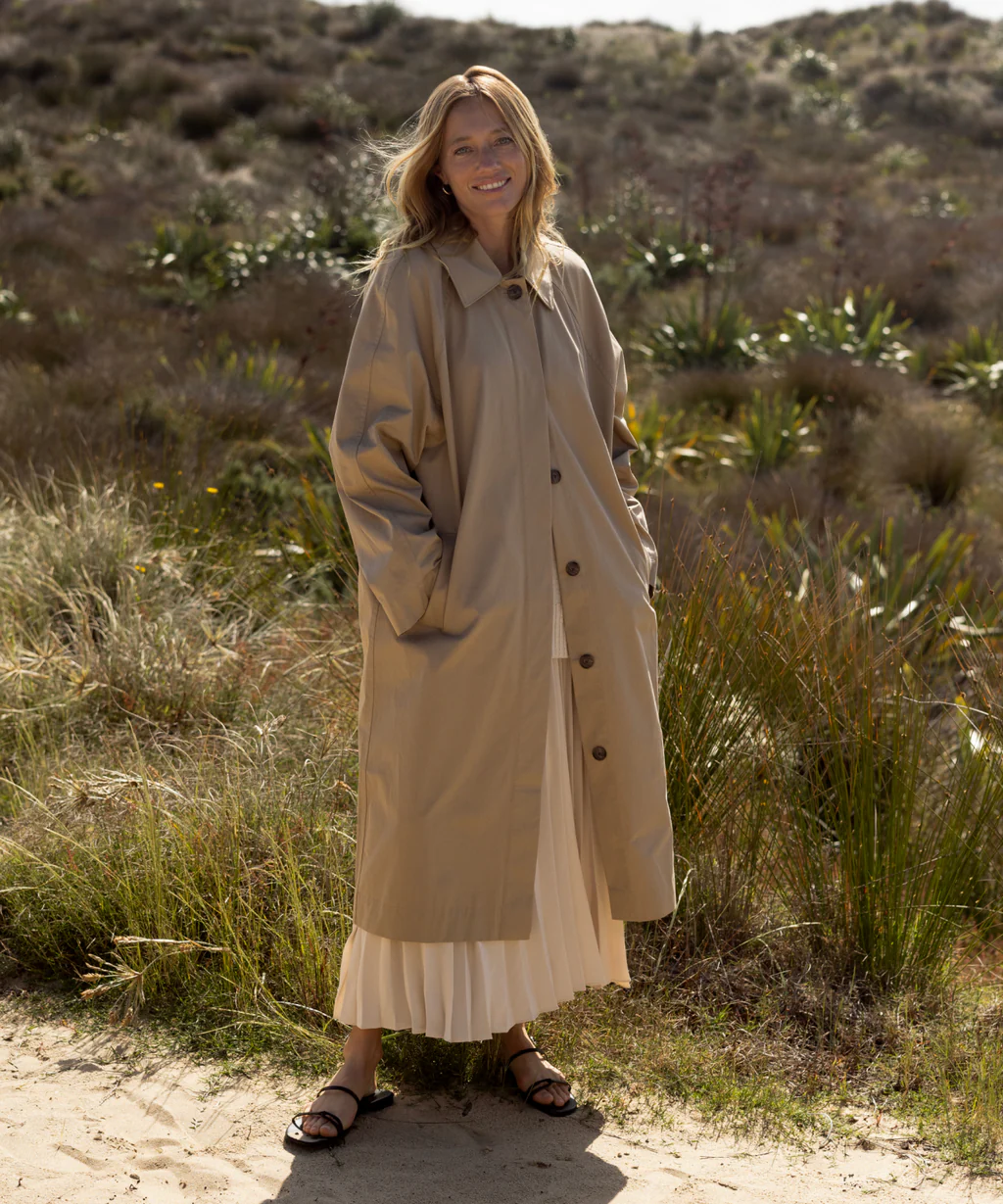
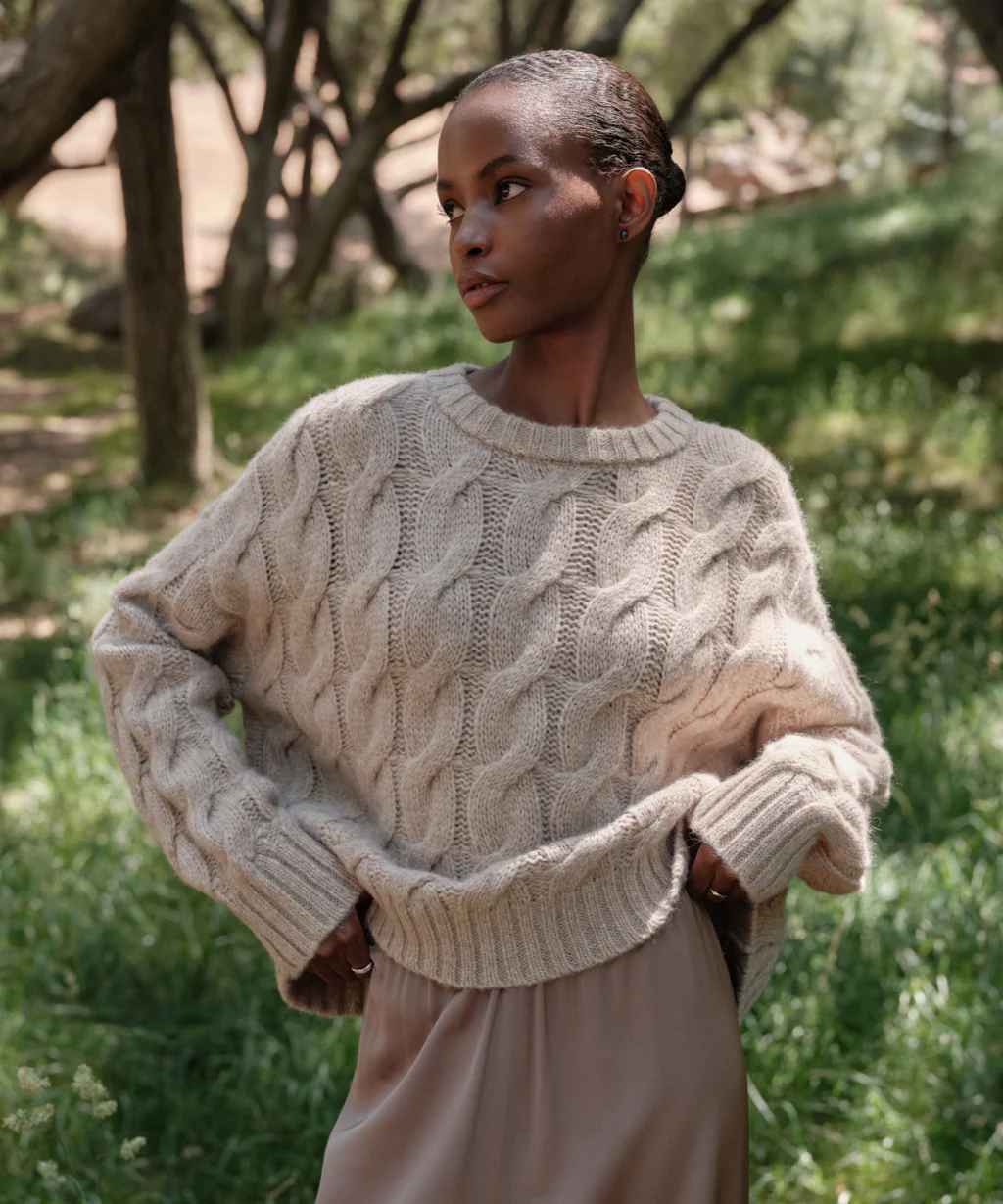
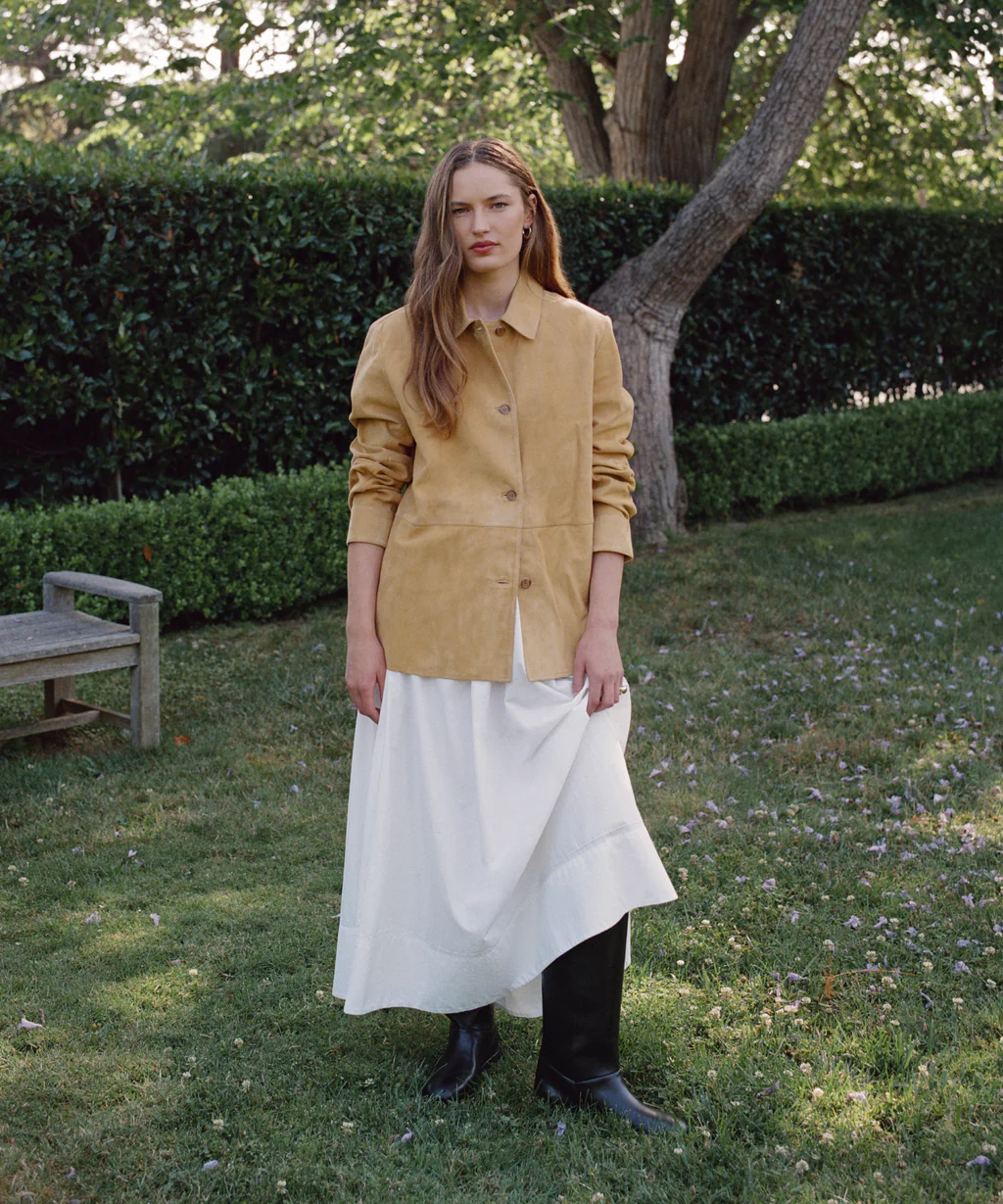






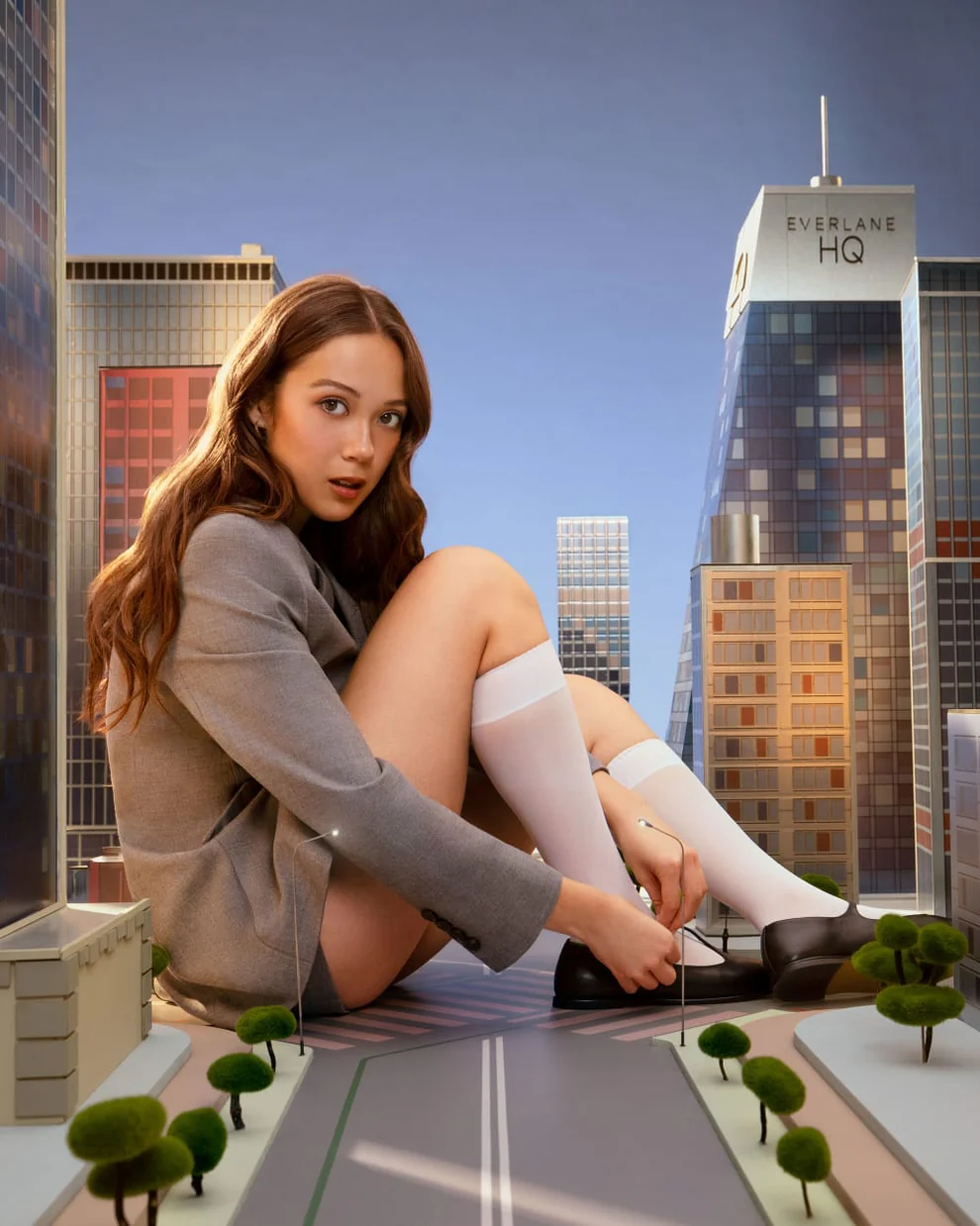
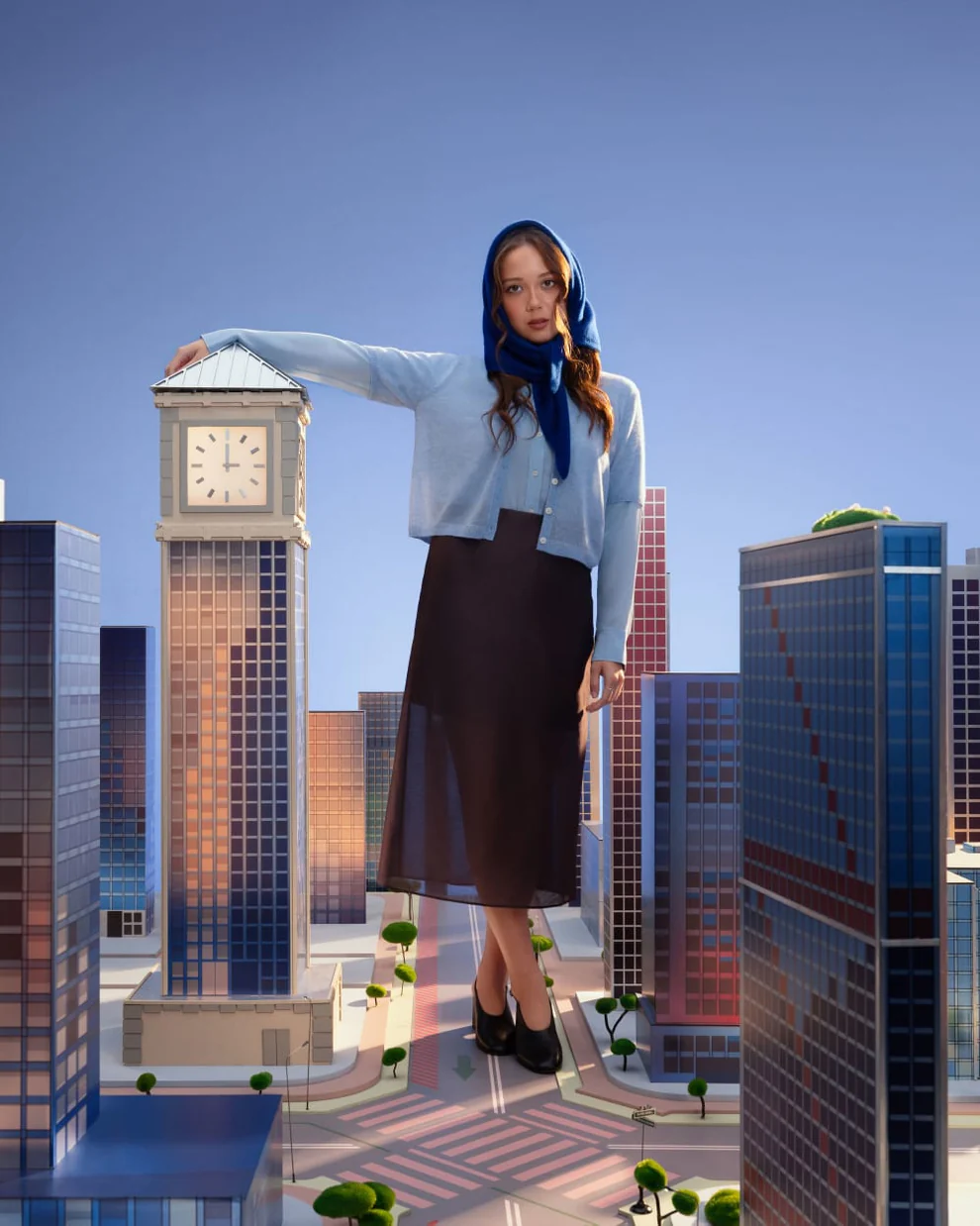
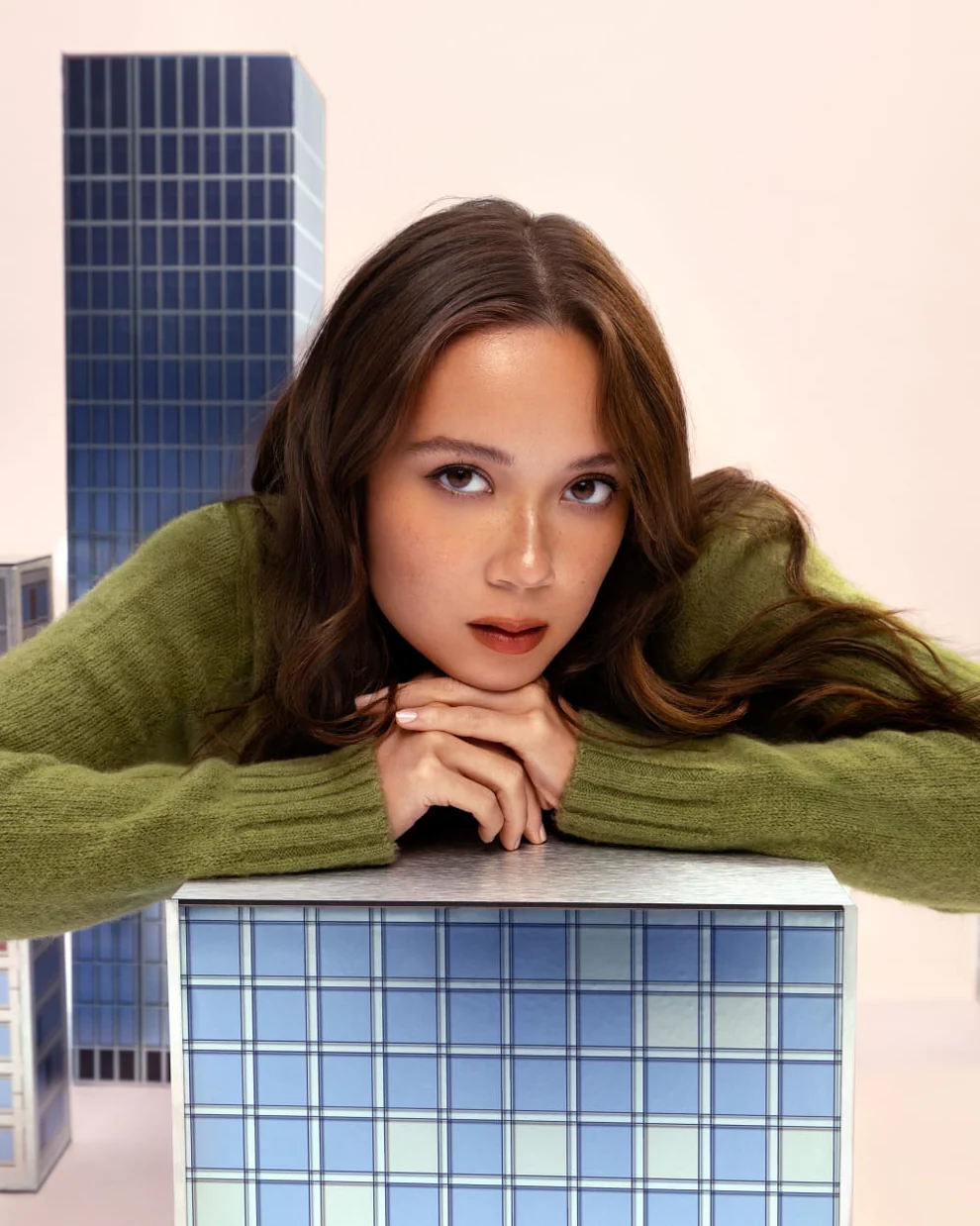
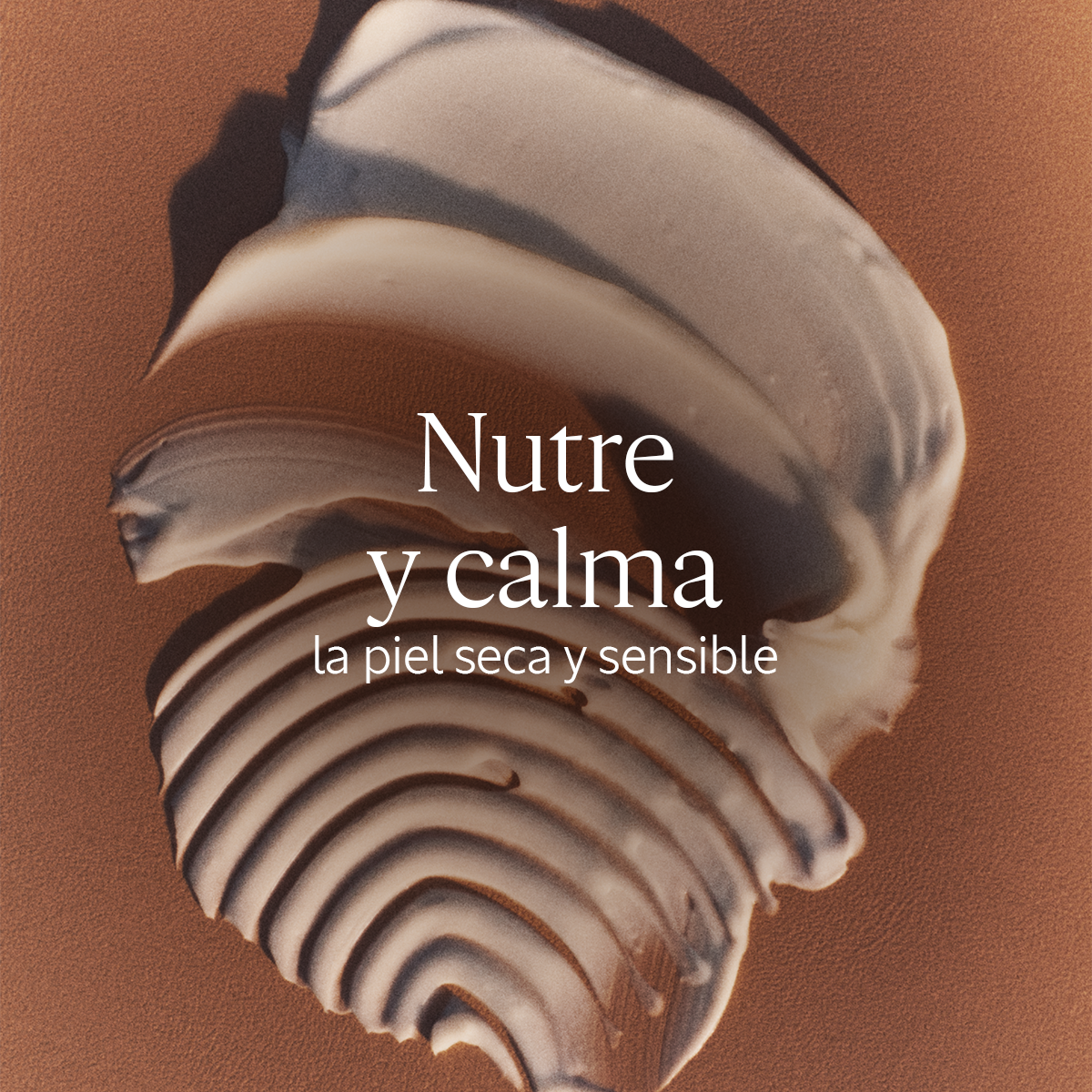

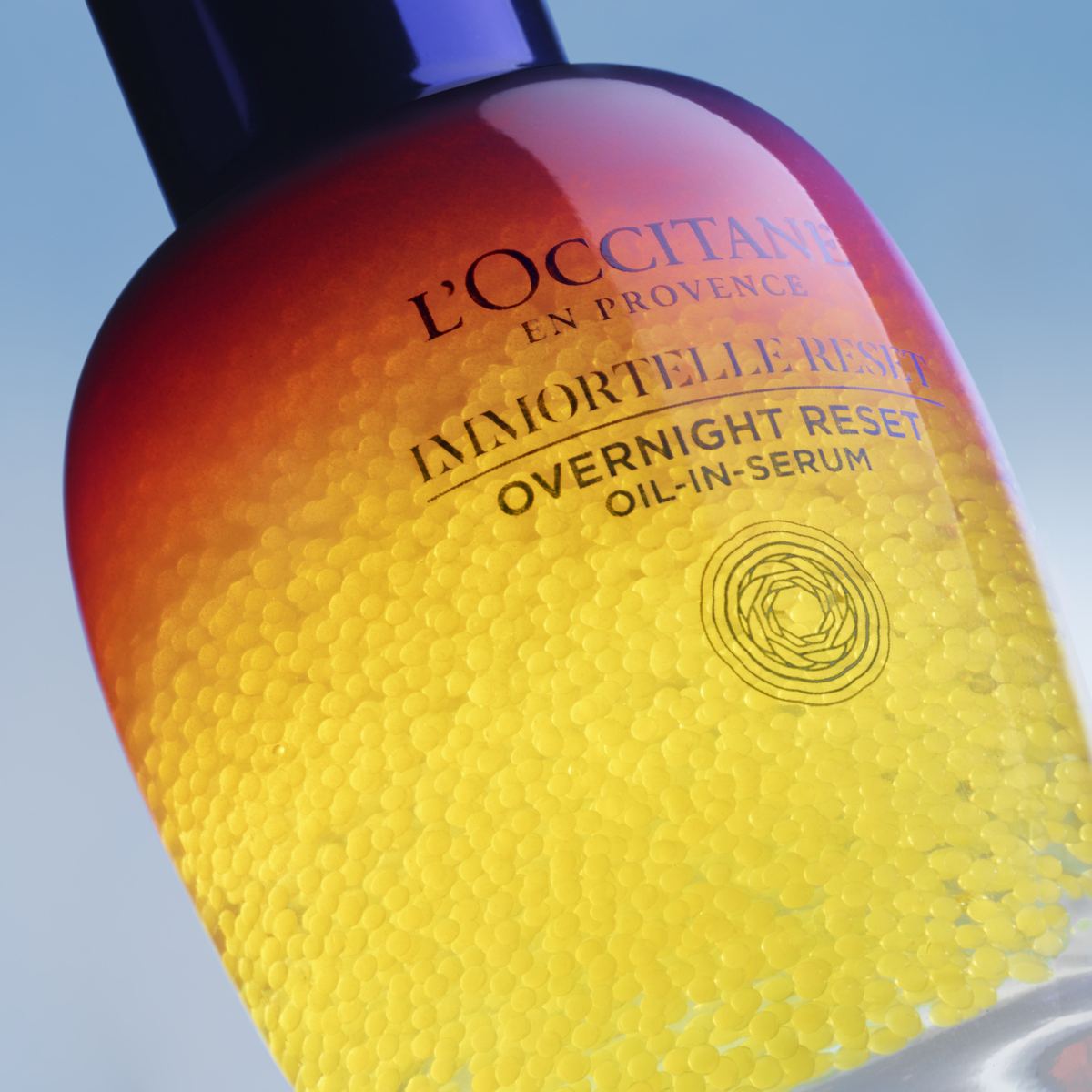
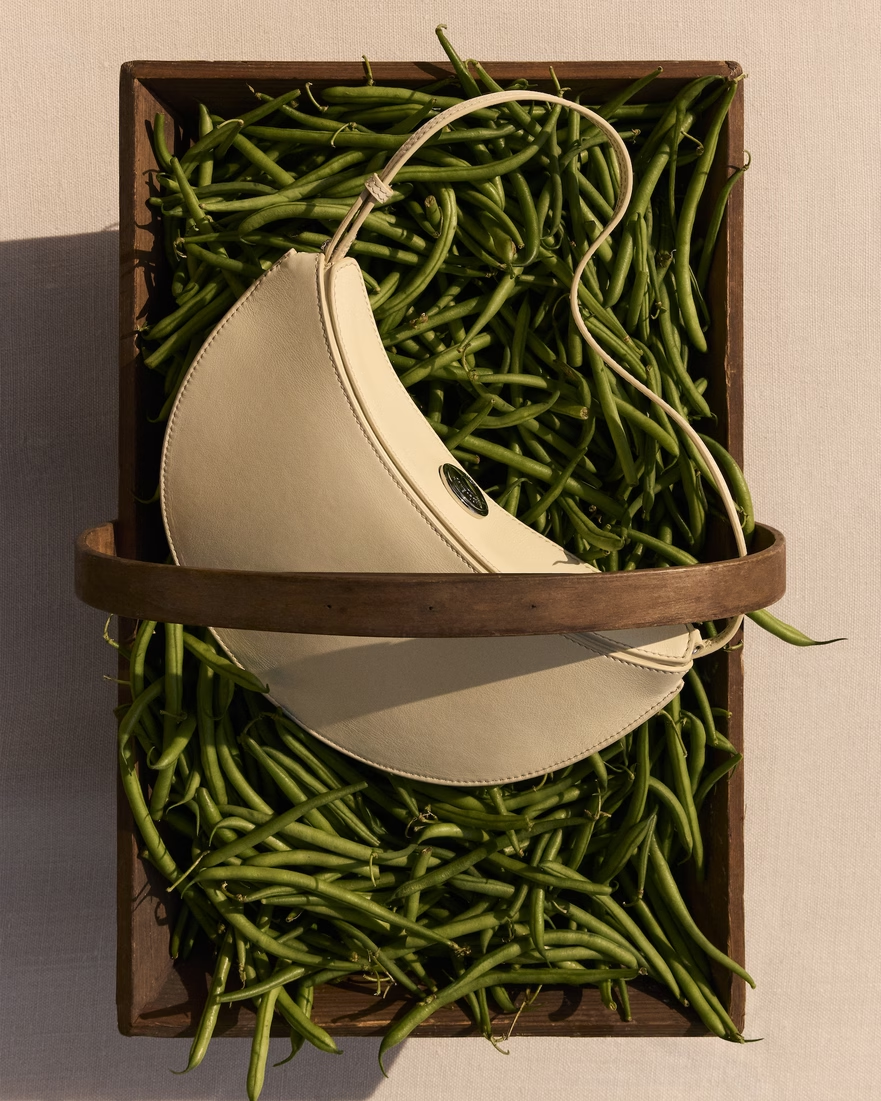


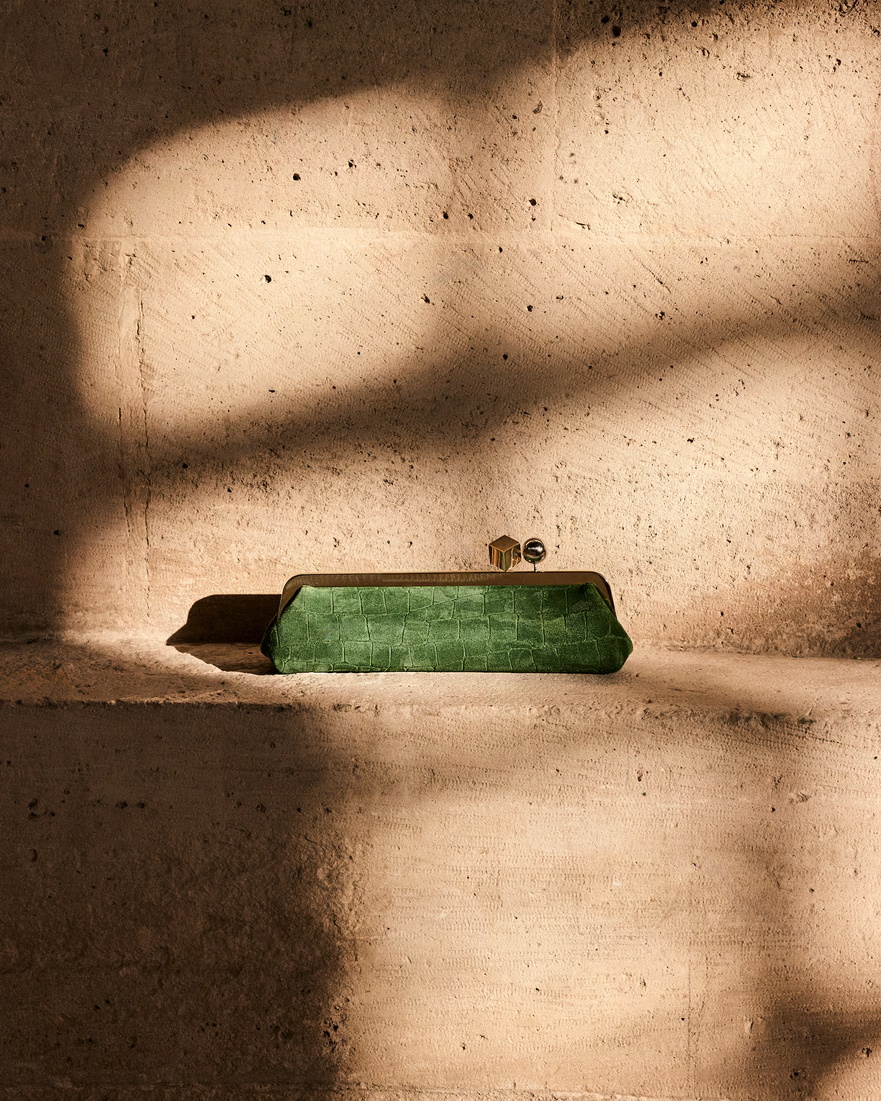






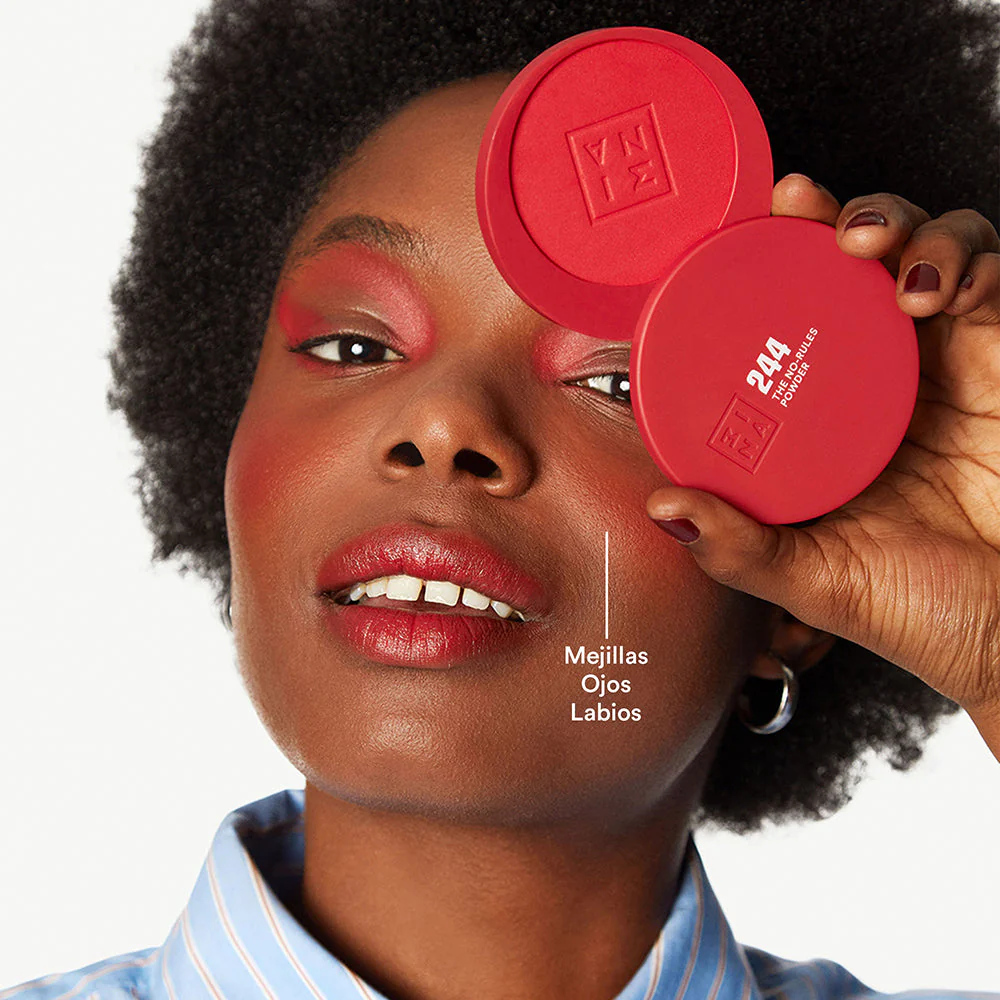
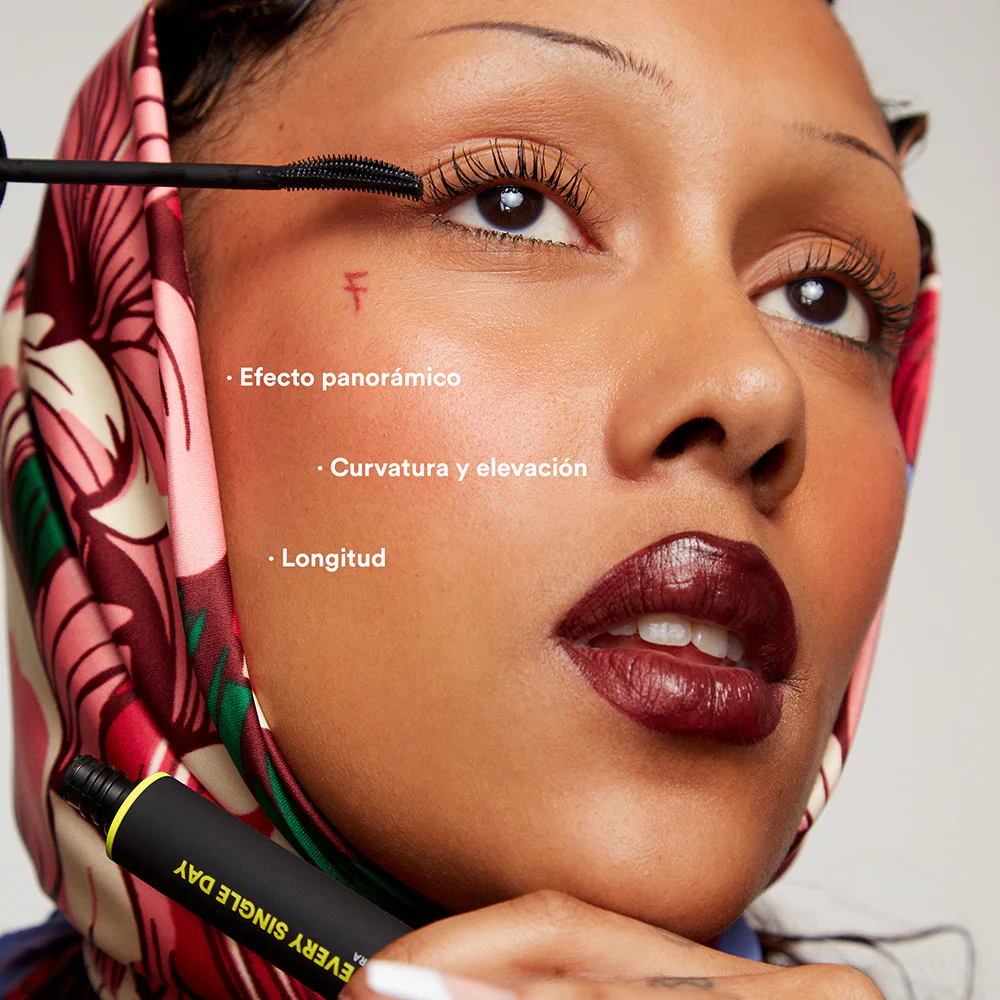

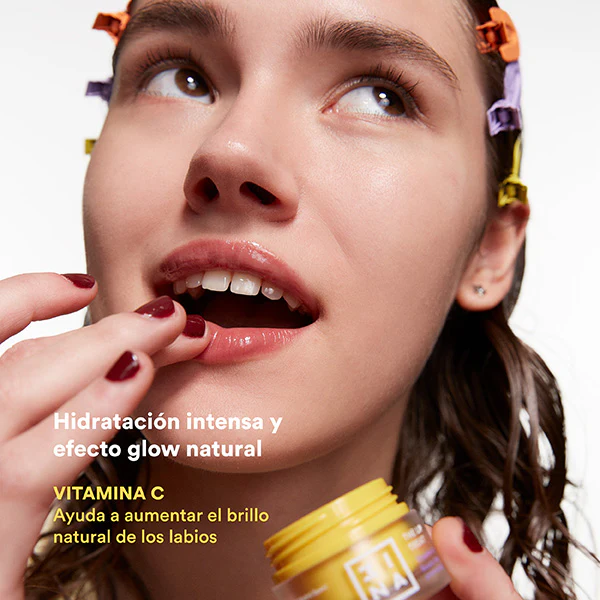





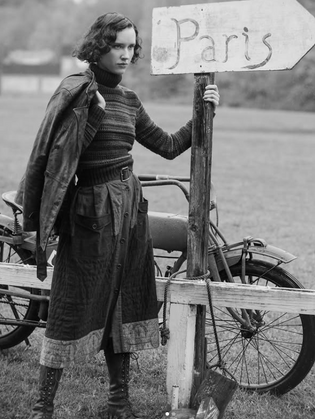










Comments